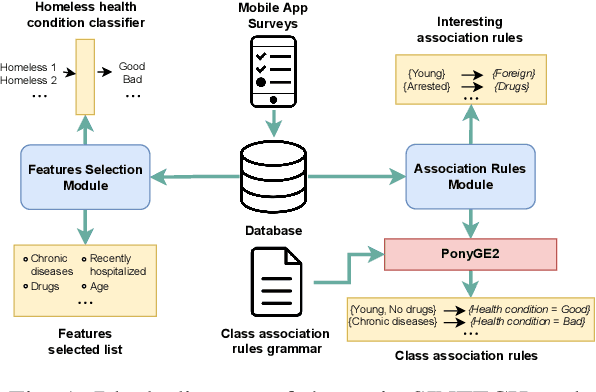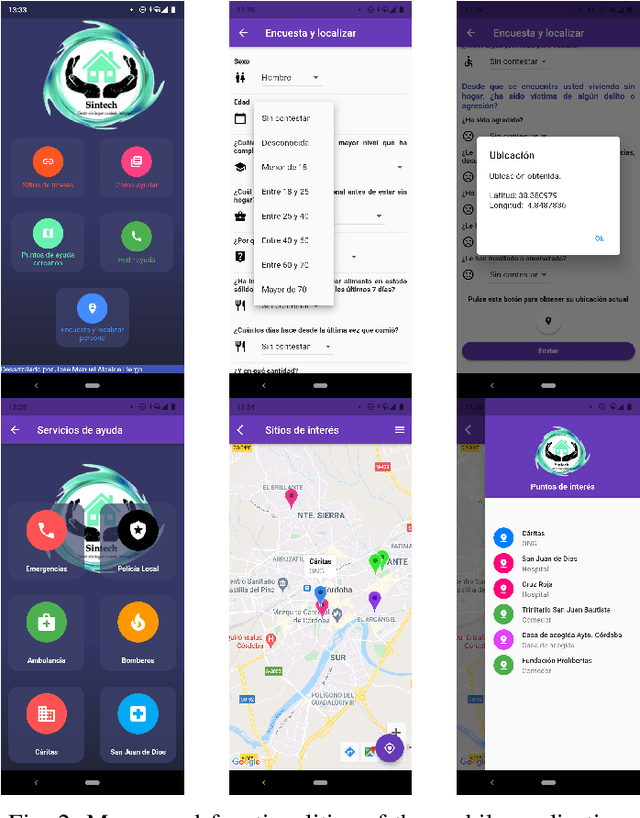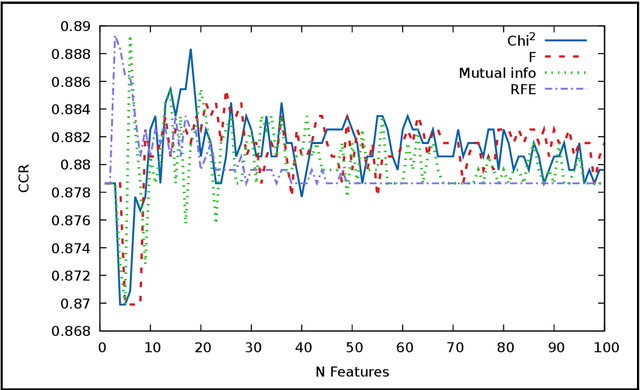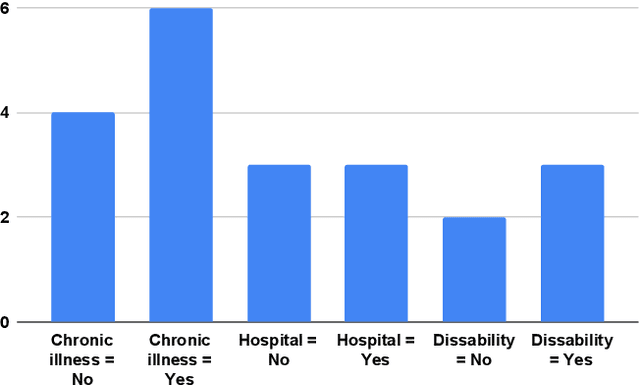Carlos García-Martínez
JCLEC-MO: a Java suite for solving many-objective optimization engineering problems
Feb 28, 2024Abstract:Although metaheuristics have been widely recognized as efficient techniques to solve real-world optimization problems, implementing them from scratch remains difficult for domain-specific experts without programming skills. In this scenario, metaheuristic optimization frameworks are a practical alternative as they provide a variety of algorithms composed of customized elements, as well as experimental support. Recently, many engineering problems require to optimize multiple or even many objectives, increasing the interest in appropriate metaheuristic algorithms and frameworks that might integrate new specific requirements while maintaining the generality and reusability principles they were conceived for. Based on this idea, this paper introduces JCLEC-MO, a Java framework for both multi- and many-objective optimization that enables engineers to apply, or adapt, a great number of multi-objective algorithms with little coding effort. A case study is developed and explained to show how JCLEC-MO can be used to address many-objective engineering problems, often requiring the inclusion of domain-specific elements, and to analyze experimental outcomes by means of conveniently connected R utilities.
* 41 pages, 5 figures, journal paper
Analysing the Needs of Homeless People Using Feature Selection and Mining Association Rules
Jan 15, 2024



Abstract:Homelessness is a social and health problem with great repercussions in Europe. Many non-governmental organisations help homeless people by collecting and analysing large amounts of information about them. However, these tasks are not always easy to perform, and hinder other of the organisations duties. The SINTECH project was created to tackle this issue proposing two different tools: a mobile application to quickly and easily collect data; and a software based on artificial intelligence which obtains interesting information from the collected data. The first one has been distributed to some Spanish organisations which are using it to conduct surveys of homeless people. The second tool implements different feature selection and association rules mining methods. These artificial intelligence techniques have allowed us to identify the most relevant features and some interesting association rules from previously collected homeless data.
* 6 pages, 4 figures, 4 tables, MetroXRAINE 2022
 Add to Chrome
Add to Chrome Add to Firefox
Add to Firefox Add to Edge
Add to Edge